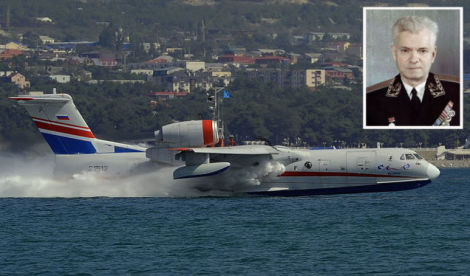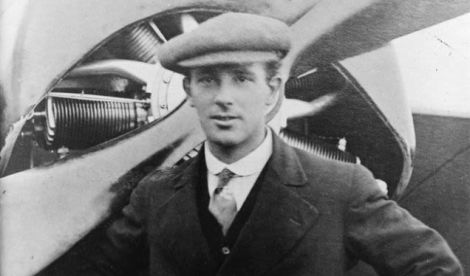Welcome to This Date in Aviation History, getting of you caught up on milestones, important historical events and people in aviation from July 11 through July 13.
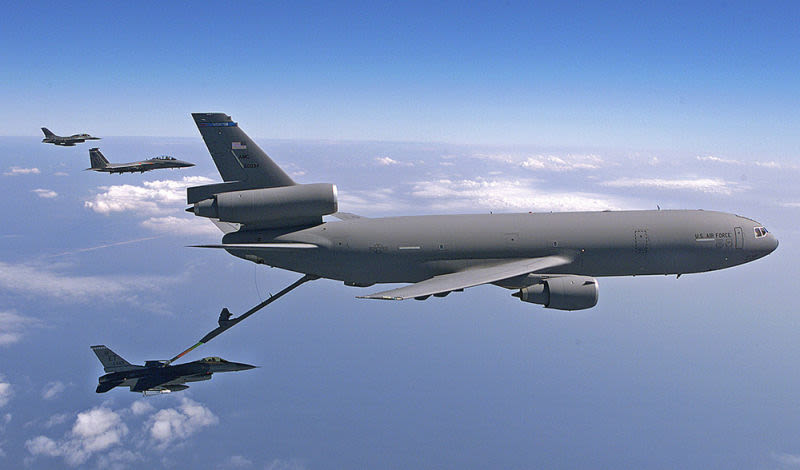
July 12, 1980 – The first flight of the McDonnell Douglas KC-10 Extender. In the earliest days of powered flight up through WWII, and aircraft’s range was limited by the amount of fuel that could be carried on board. Aircraft designed for long range flight had to sacrifice fuselage space for fuel, or carry bulky external fuel tanks. The ideal solution would be to find a way to refuel an aircraft in the air, and experiments in aerial refueling had taken place before the war. The very first instance of aerial refueling occurred in the barnstorming era when a stuntman strapped a tank of fuel to his back and climbed from one plane to another. It was effective, though certainly not practical. One of the earliest attempts at a practical system took place in 1923 when two Airco DH.4 biplanes transferred fuel via a long hose strung from one plane to another. But it wasn’t until 1949 that a truly effective aerial refueling system was devised. The US Air Force demonstrated its potential nonstop with an around-the-world flight by a Boeing B-50 Superfortress that was refueled in the air three times by bombers that had been converted to KB-50 tankers.
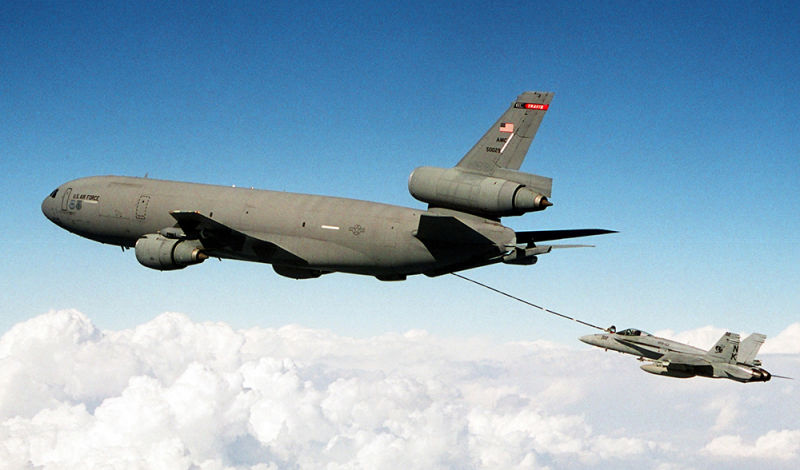
With the arrival of the jet-powered Boeing KC-135 Stratotanker, aerial refueling for the Air Force became a standard practice with, but even that aircraft didn’t have the truly global range required for Air Force operations the world over, a lesson learned during operations in Southeast Asia and the Middle East. The Air Force needed a flying gas station with greater range, and even one that could be refueled in the air itself. During the procurement process, the Air Force realized that the best solution might be found by converting existing commercial airliners for use as refueling aircraft. The new tanker would have to be large, so the Air Force evaluated of the Boeing 747, the McDonnell Douglas DC-10, the Lockheed L-1011, all wide-body airliners. They also considered a conversion of the Lockheed C-5 Galaxy strategic airlifter. After quickly dismissing the two Lockheed aircraft, Air Force brass ultimately chose the DC-10, and cited its ability to operate from shorter runways as being a principal factor in the selection.
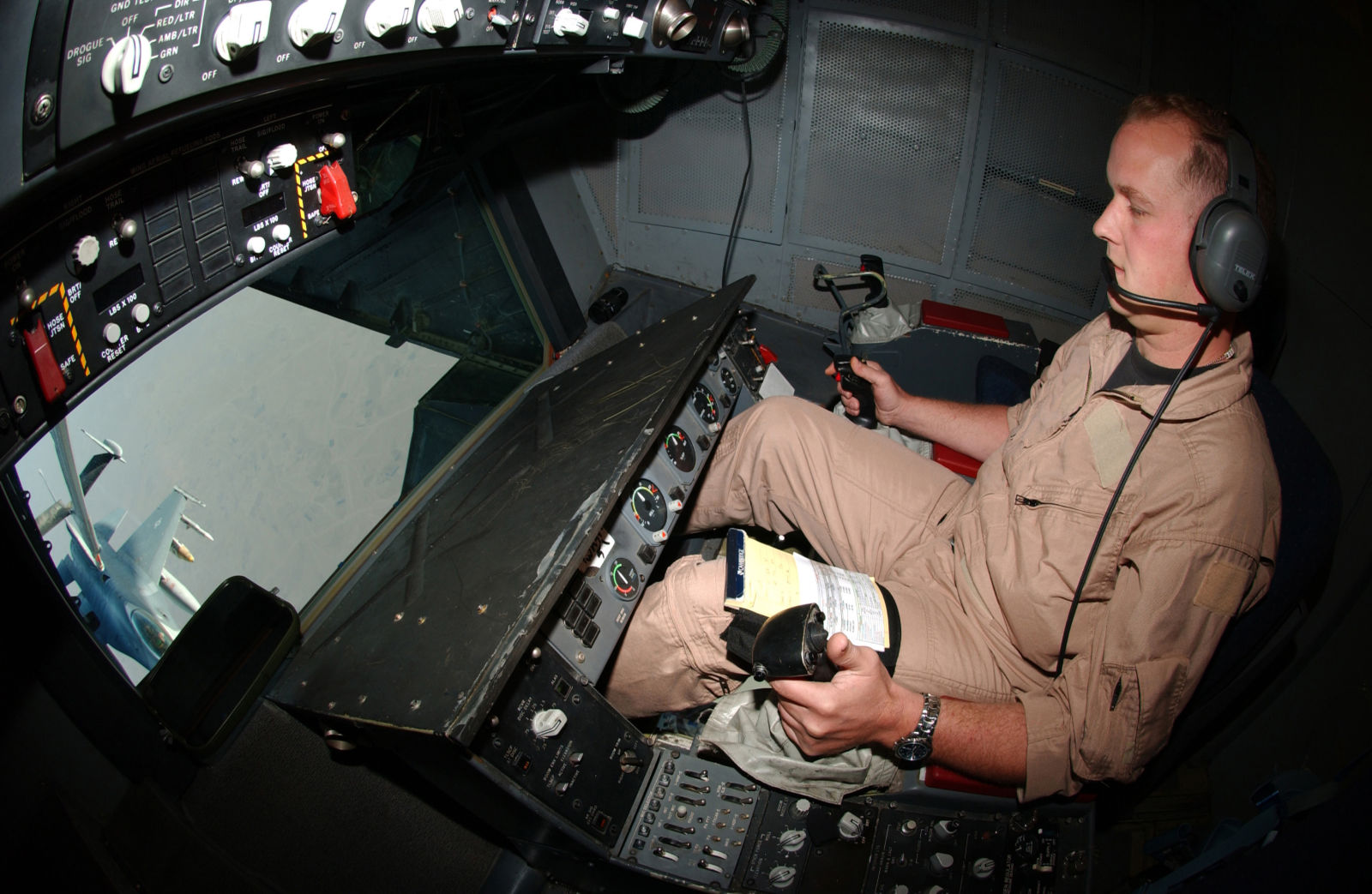
Although the DC-10 required extensive modifications to fill the role of a military tanker, the KC-10 still retains an 88% commonality with its airliner predecessor. Most of the windows were removed, along with the lower cargo doors, and the McDonnell Douglas Advanced Aerial Refueling Boom (AARB) was added to the rear of the aircraft. This flying boom was a significant upgrade to earlier hose systems, as it allowed the refueler, or “boomer,” to control the refueling probe while the receiving aircraft held station below and behind the KC-10. The Extender also retains the probe-and-drogue system used by the US Navy and its NATO allies. Three bladder-type fuel cells were installed below the main cabin floor and, combined with the KC-10's own fuel stores, it can carry more than 356,000 pounds of fuel, nearly twice the load of the KC-135. The Extender has an operational range of 4,400 miles, and its mission can be extended with its own ability to refuel from another aircraft. In addition to its enormous fuel load, the KC-10's cargo hold can also carry up to 170,000 pounds of cargo or hundreds of troops.
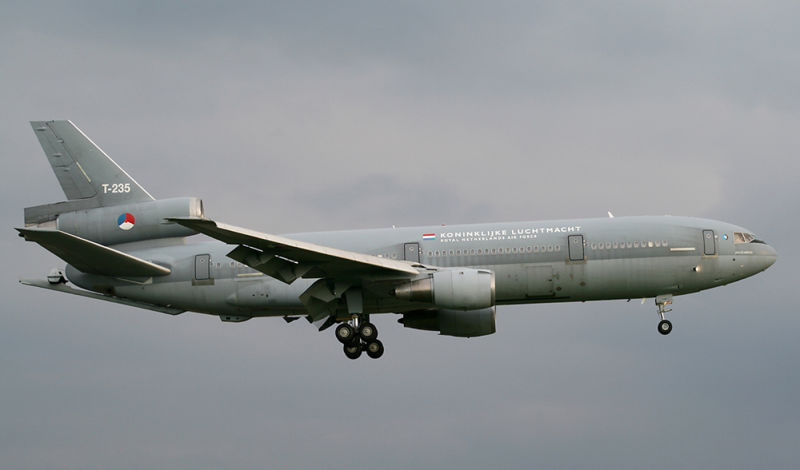
The first of an eventual 60 KC-10 Extenders entered service with Strategic Air Command in 1981 and quickly became a vital asset to the US Armed Forces worldwide. Extenders have flown in support of missions in Libya, Iraq, Afghanistan, and Syria, and they provide critical support for long range attack missions or ferrying flights, particularly when countries prohibit aircraft from overflying their sovereign territory. The Royal Netherlands Air Force operates a pair of KDC-10 tankers which were converted from existing airliners rather than purpose-built. Two KDC-10s are also operated by civilian refueling companies who provide their services on contract to the US and other nations. Though there was talk of retiring the Air Force’s fleet of KC-10s in 2015 due to budget constraints, the Extender will remain flying, and will complement the upcoming Boeing KC-46 Pegasus tanker when it enters service to replace aging KC-135s.
Short Takeoff
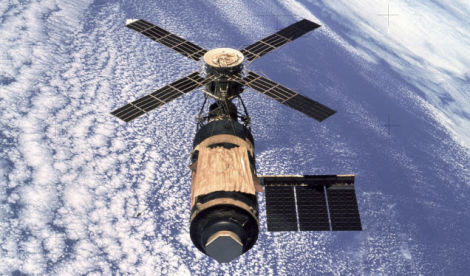
July 11, 1979 – Skylab re-enters Earth’s atmosphere. Skylab was an orbiting space station that was launched by NASA on May 14, 1973. The first manned mission to the station launched on May 25, 1973, and was planned primarily to repair damage suffered during the station’s launch. Two subsequent missions were flown to place crews on the station and to carry out scientific experiments in microgravity. Skylab orbited Earth 2,476 times, and the third mission, Skylab 4, set a new record for time in space when the astronauts remained on board for 84 days. NASA planned to use the Space Shuttle, then under development, to boost Skylab to a higher orbit and keep it functioning, but delays in the Shuttle program made that impossible. When Skylab re-entered the atmosphere, parts of the station landed in the Pacific Ocean and on western Australia, but no injuries were reported from falling debris.
July 12, 1979 – The death of Georgy Mikhailovich Beriev. Beriev was born on February 13, 1903 in present-day Tbilisi, Georgia. A student of both shipbuilding and aircraft engineering at the Leningrad Polytechnic Institute, Beriev is best known as the designer of numerous amphibious aircraft. He founded the Beriev Aircraft Company in 1934 and received the Stalin Prize for development of the Beriev Be-6, which was designed for maritime patrol and attack. While most designers stopped making amphibious aircraft with the transition to jet engines, Beriev developed a number of innovative jet-powered amphibians, including the Be-40 Albatros and Be-200 Altair, and pilots flying his seaplanes have set 228 aviation world records for the type.
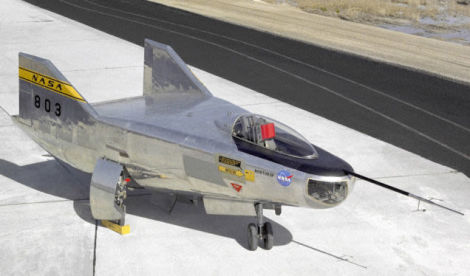
July 12, 1966 – The first flight of the Northrop M2-F2, the second of three NASA designs to investigate the feasibility of wingless aircraft. Without wings, the shape of the aircraft itself, called a lifting body, provides the lift. It was thought that by eliminating conventional wings it would also eliminate the drag that comes with them. During the 1960s and 1970s, lifting bodies were a primary area of research into their use as small manned spacecraft. Eventually, the Air Force lost interest in the project, and NASA turned its efforts to the Space Shuttle. The M2-F2 was a development of the earlier M2-F1, and sixteen unpowered glide tests were carried out before the aircraft was modified into the M2-F3 which was capable of supersonic flight.
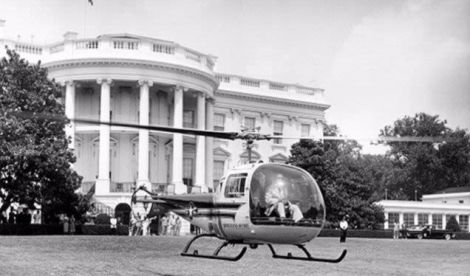
July 12, 1957 – President Dwight Eisenhower becomes the first US president to fly in a helicopter. Today, flying in a helicopter is a routine practice for the US president. But in 1957, helicopters were still relatively new and not deemed safe enough for presidential travel. With Cold War concerns over the ability to evacuate the president from the White House by road, the Secret Service deemed the helicopter to be the best solution, and President Eisenhower made the first presidential flight in a US Air Force Bell 47J Ranger from the White House to the presidential retreat at Camp David. Today, transporting the president by helicopter is an everyday occurrence, and it is now the responsibility of US Marine Corps helicopter squadron HMX-1.
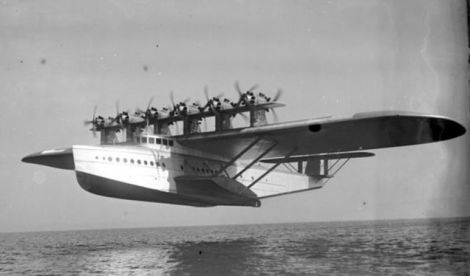
July 12, 1929 – The first flight of the Dornier Do X, a huge, 12-engine flying boat built by Claude Dornier and the largest, heaviest, and most powerful flying boat in the world at the time. In order to circumvent the restrictions of the Treaty of Versailles, the Do X was built in Switzerland and was powered by twelve Curtiss V-1570 Conqueror V-12 engines in a combined push-pull configuration with a top speed of 131 mph. The Do X could accommodate up to 100 passengers, and set a world record for its day when it carried 169 passengers and crew, a record that stood for 20 years. However, Dornier had trouble finding customers for his giant flying boat, and only three were ever built.
July 12, 1921 – The death of Harry George Hawker, an Australian aviation pioneer, chief test pilot for Sopwith during WWI, and founder of Hawker Aircraft. Born on January 22, 1889, Hawker began his career as an auto mechanic in England before starting work with Sopwith. He convinced them to teach him to fly, and he soloed after just three lessons. Following the liquidation of Sopwith Aircraft in 1920, Hawker teamed with Thomas Sopwith to start a new company, H.G. Hawker Engineering. Harry Hawker died soon after in the crash of his Nieuport Nighthawk, but his company continued. Through a series of acquisitions and mergers it became Hawker Siddeley, though it continued to make aircraft with the Hawker name. These included some of the most important and iconic aircraft of WWII, particularly the Hurricane and Typhoon.
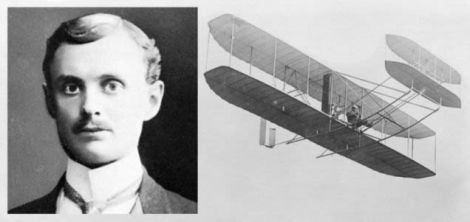
July 12, 1910 – The death of Charles Stewart Rolls. Charles Rolls is best known to aviation and automotive history as one half of the famed Rolls-Royce Limited manufacturing company, which he formed with Henry Royce in 1906. But Rolls, born on August 27, 1877, was also a pioneering aviator, first in ballooning then in airplanes, following his purchase of a Wright Flyer Model A in 1909. While not the first to cross the English Channel, Rolls was the first to make the crossing and then return immediately, thus also becoming the first to cross the Channel flying eastward. Unfortunately, Rolls also achieved another, more infamous first, when he became the first Briton to die in an airplane accident following the crash of his Wright Flyer in 1910.
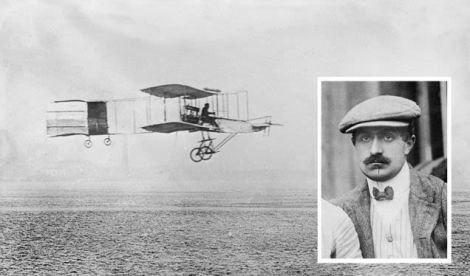
July 12, 1882 – The birth of Charles Voisin, an early French pioneer of aviation who started his own aircraft manufacturing company with his brother Gabriel named Appareils d’Aviation Les Frères Voisin. The Voisin brothers built airplanes to order for wealthy customers, and used these aircraft to further their understanding of controlled flight. Their 1907 biplane, flown by Henri Farman, made the first heavier-than-air flight in Europe of more than one minute, and that aircraft, known as the Voisin-Farman 1, formed the basis of their fledgling company. Charles was killed in an automobile accident on September 26, 1912, but the company continued under his brother’s leadership, and produced aircraft for the French during WWI.
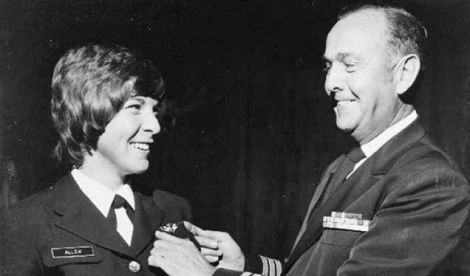
July 13, 1982 – The death of LCDR Barbara Allen Rainey. Born on August 20, 1948, Rainey was the first female aviator in the history of the US military, receiving her Wings of Gold as a Naval Aviator in 1974. She was also the first woman qualified as a military jet pilot. After retiring from active duty, Rainey joined the Naval Reserves, but returned to active duty as an instructor flying the Beechcraft T-34 Mentor. She and a student were killed in a training crash while practicing touch-and-go landings. Due to the extensive damage to the aircraft, the cause of the crash could not be determined. Rainey was 33 years old.
Connecting Flights
If you enjoy these Aviation History posts, please let me know in the comments. And if you missed any of the past articles, you can find them all at Planelopnik History. You can also find more stories about aviation, aviators and airplane oddities at Wingspan.
